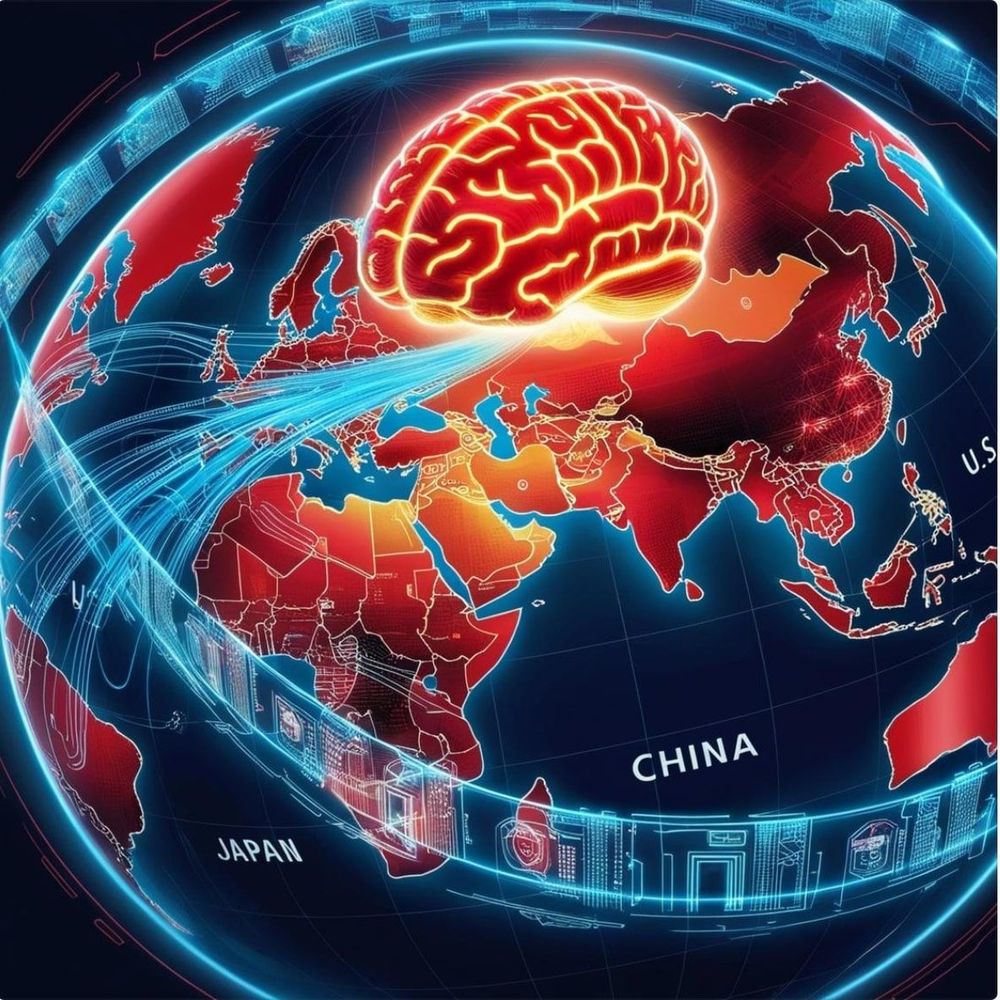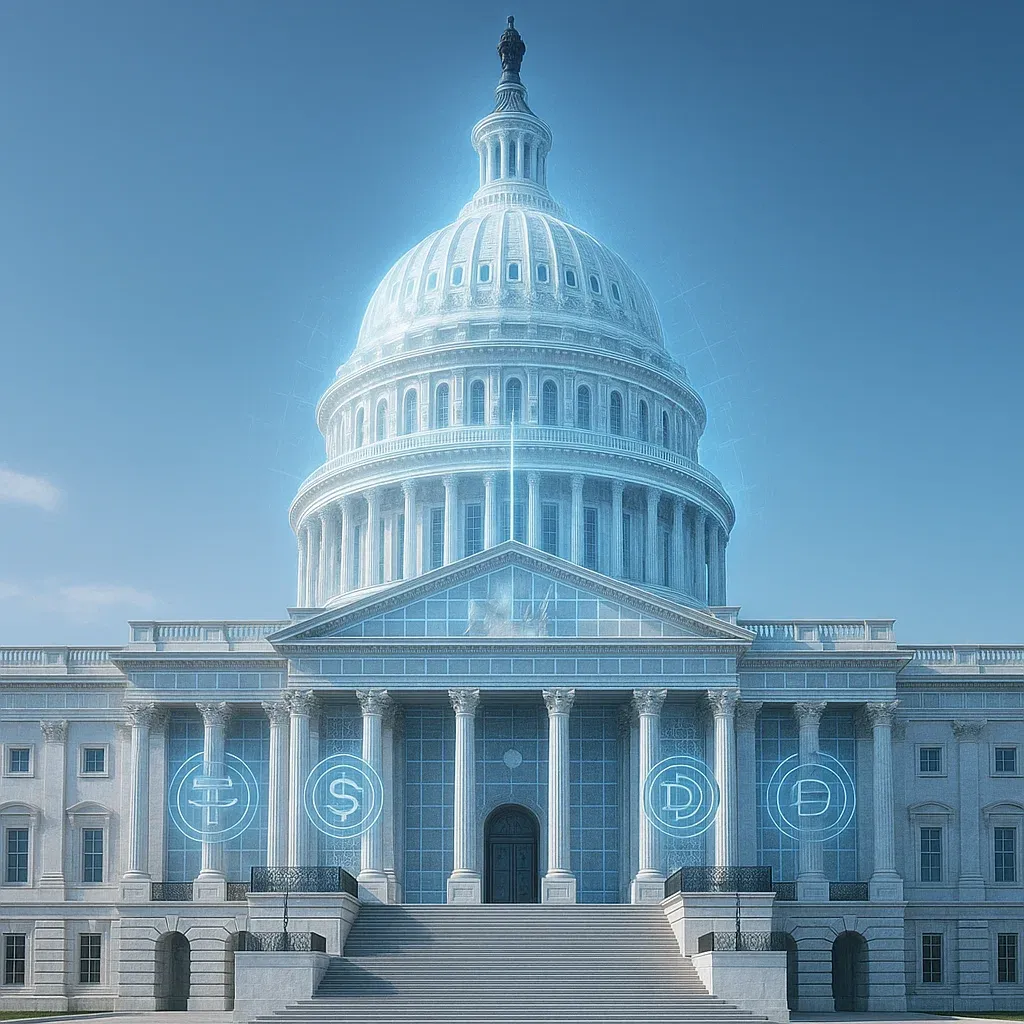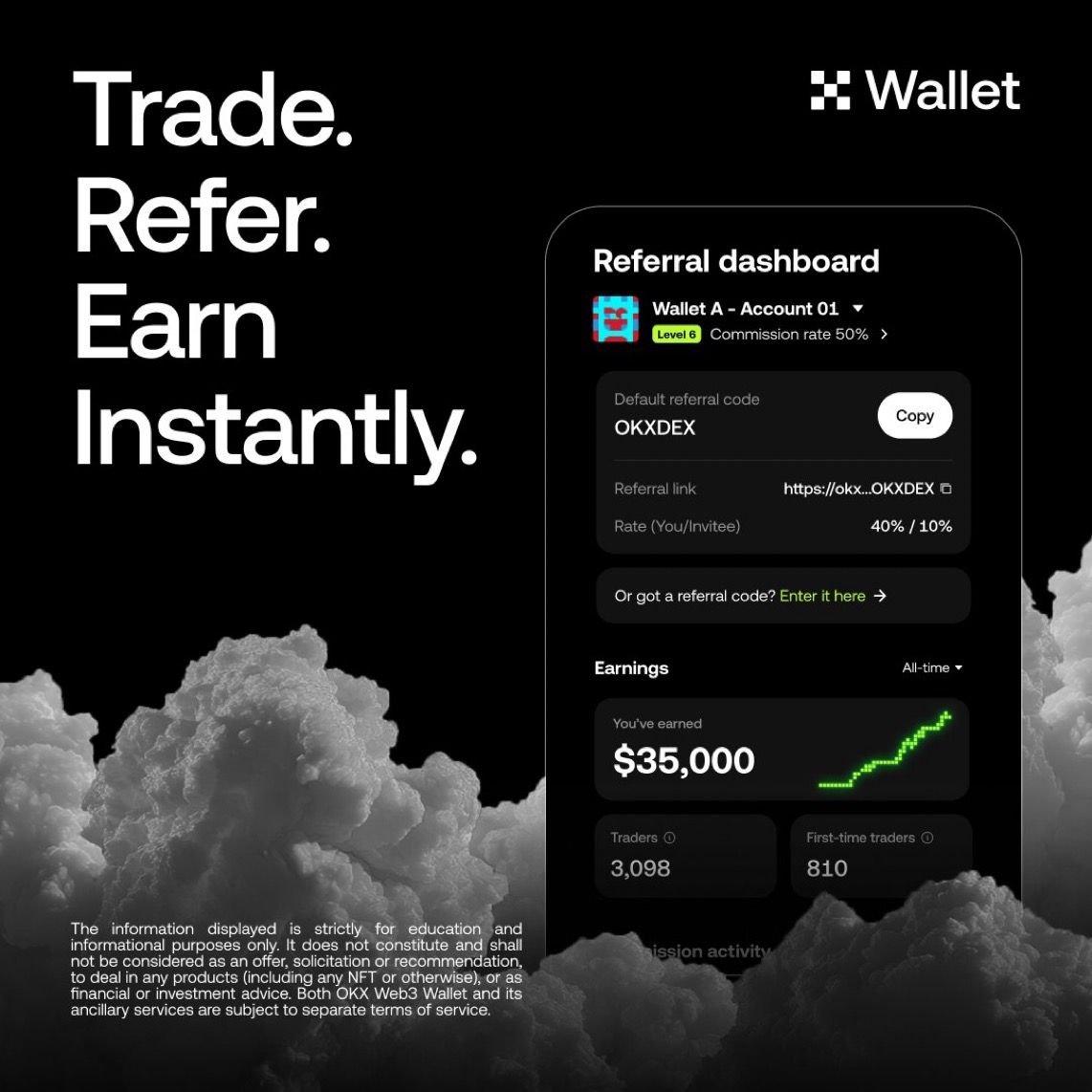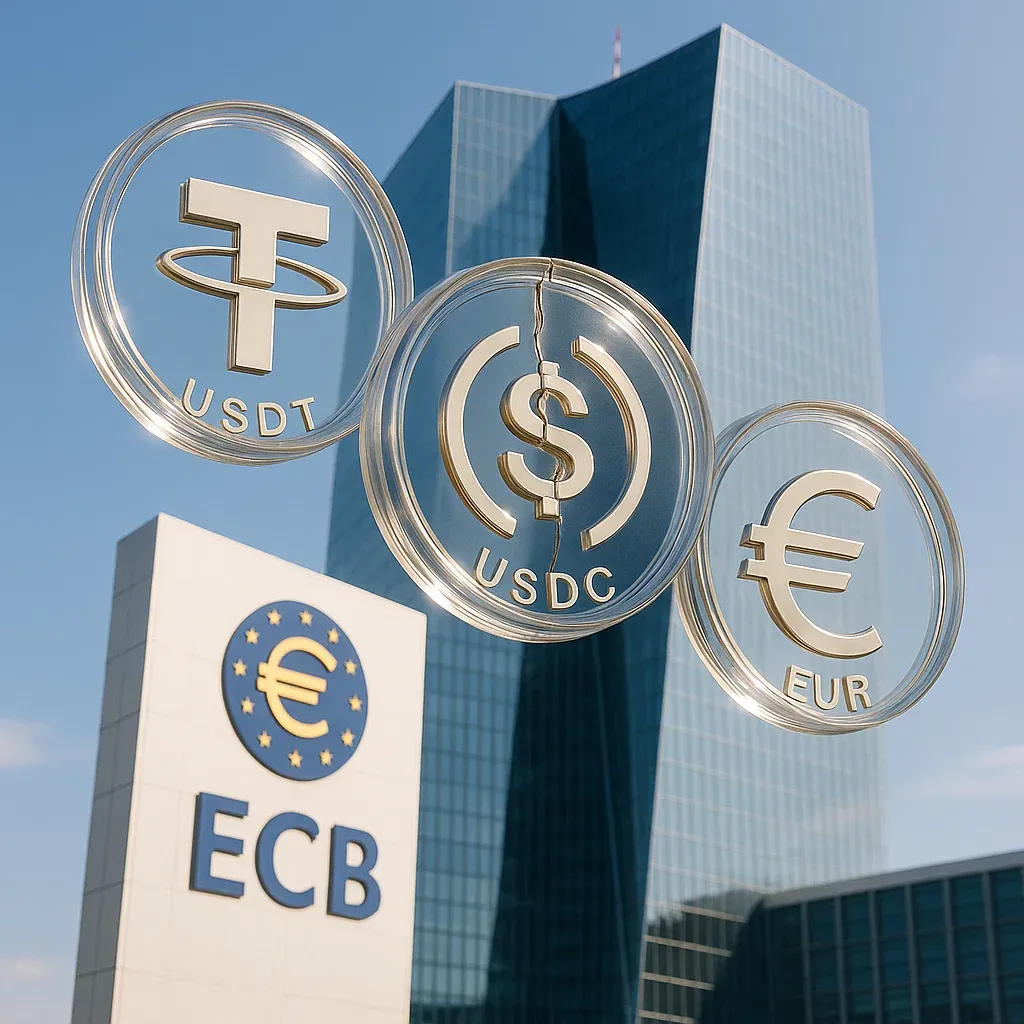DeepSeek’s Triumph: Durov’s View and Japan’s Warning
🚀 Why DeepSeek Is Making Waves in the AI World
DeepSeek, a cutting-edge Chinese AI model, is making headlines for its impressive performance, shaking up the global AI landscape. Even Telegram’s founder, Pavel Durov, weighed in, congratulating China on this milestone and sharing why he believes DeepSeek is a game-changer.
🎯 What’s Behind DeepSeek’s Success?
According to Durov, the secret lies in China’s education system.
- Strong Academic Competition: Unlike Western schools that often avoid ranking students to reduce stress, China fosters intense academic rivalry. This system, influenced by the Soviet model, pushes students to excel, especially in math and programming.
- Winners Need Competition: Durov argues that avoiding competition stifles innovation. “If you eliminate losers, you also eliminate winners,” he said, highlighting how clear goals and rankings, like in video games, keep young minds engaged.
Durov believes DeepSeek’s rise is just the beginning. Without reforms in the U.S. education system, he warns, China may dominate the future of AI and tech.
🤖 How DeepSeek Challenged OpenAI
DeepSeek’s impact didn’t go unnoticed by OpenAI.
- Shaking Up the Industry: OpenAI’s CEO, Sam Altman, admitted that DeepSeek has weakened their position in the AI space.
- Rethinking Open Source: Once committed to open-source models, OpenAI later shifted to closed systems. Now, facing DeepSeek’s success, Altman acknowledges this might’ve been a mistake and hints at a possible policy shift.
- Transparency Push: OpenAI is working on making its AI decision-making more transparent, trying to balance openness with protecting proprietary tech.
⚠️ Government Concerns & Bans
While DeepSeek gains popularity, it’s also facing government pushback:
- Japan: The Ministry of Digital Affairs advised officials against using DeepSeek due to privacy concerns.
- U.S.: Lawmakers are proposing strict regulations on Chinese AI tech. A new bill suggests fines up to $1 million or even 20 years in prison for unauthorized use of such tools.
- Security Risks: The U.S. Navy and Congress have banned DeepSeek, fearing it could collect sensitive data. DeepSeek’s data storage on servers in China has only fueled these concerns.
🌍 Microsoft Brings DeepSeek to the World
Despite political tensions, Microsoft launched DeepSeek R1 on Azure AI on January 29, 2025, and it’s now available on GitHub’s machine learning marketplace. This shows that, regardless of controversy, DeepSeek is becoming a global AI powerhouse.
🔮 The Future of AI: What’s Next?
DeepSeek’s rise sparks big questions:
- Will the U.S. education system adapt to foster more AI talent?
- Can OpenAI regain its edge by reopening its code?
- How will governments balance security with technological progress?
The AI race is heating up, and the answers to these questions will shape not just the future of AI—but the future of the world.
⚡ TL;DR:
DeepSeek is China’s breakthrough AI model, outperforming competitors like OpenAI. Its success is tied to China’s competitive education system. While praised by tech leaders like Pavel Durov, it’s facing bans in countries like the U.S. and Japan over security concerns. Despite this, Microsoft has integrated DeepSeek into its global AI services, signaling its growing influence in the AI world.

Recent News
All Time High • Live
Have questions or want to collaborate? Reach us at: info@ath.live











